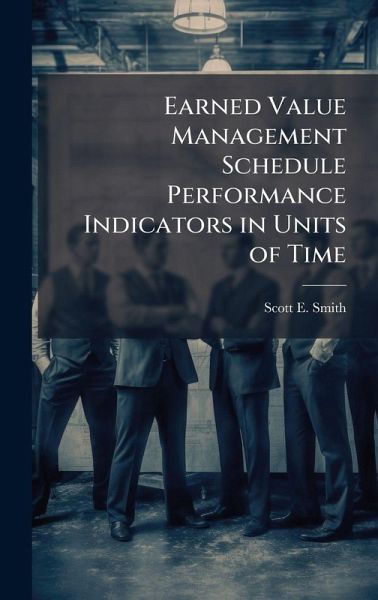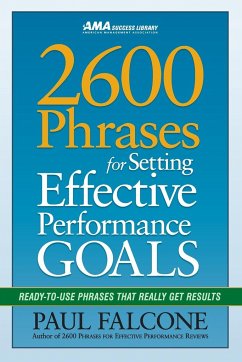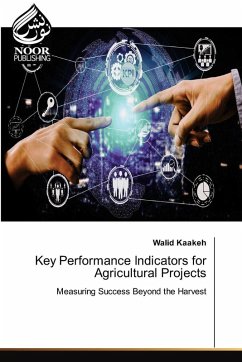
Earned Value Management Schedule Performance Indicators in Units of Time
Versandkostenfrei!
Versandfertig in über 4 Wochen
28,99 €
inkl. MwSt.
Weitere Ausgaben:

PAYBACK Punkte
14 °P sammeln!
Earned Value Management (EVM) is a powerful technique assisting decision-makers in understanding the status of a project. The schedule performance measures have been viewed by some as lacking value to the decision-maker. This research investigated the performance characteristics of the EVM schedule measures and a new method for measuring schedule performance, Earned Schedule (ES). The evaluation of EVM and ES schedule measures within the Defense Acquisition Executive Summary (DAES) database revealed a statistical difference between the schedule measures, but did show they were correlated. THe ...
Earned Value Management (EVM) is a powerful technique assisting decision-makers in understanding the status of a project. The schedule performance measures have been viewed by some as lacking value to the decision-maker. This research investigated the performance characteristics of the EVM schedule measures and a new method for measuring schedule performance, Earned Schedule (ES). The evaluation of EVM and ES schedule measures within the Defense Acquisition Executive Summary (DAES) database revealed a statistical difference between the schedule measures, but did show they were correlated. THe DAES was found to include only the most current planned value at time of data entry, not the original planned value schedule. The result was that both EVM and ES schedule performance measures indicated perfect schedule completion at the end of each contract. THis research was able to show that ES theory can accurately portray schedule performance under certain conditions. While holding the planned value schedule constant may not be realistic in every instance, the ES theory may still be of value of is worth of further research. This work has been selected by scholars as being culturally important, and is part of the knowledge base of civilization as we know it. This work was reproduced from the original artifact, and remains as true to the original work as possible. Therefore, you will see the original copyright references, library stamps (as most of these works have been housed in our most important libraries around the world), and other notations in the work. This work is in the public domain in the United States of America, and possibly other nations. Within the United States, you may freely copy and distribute this work, as no entity (individual or corporate) has a copyright on the body of the work. As a reproduction of a historical artifact, this work may contain missing or blurred pages, poor pictures, errant marks, etc. Scholars believe, and we concur, that this work is important enough to be preserved, reproduced, and made generally available to the public. We appreciate your support of the preservation process, and thank you for being an important part of keeping this knowledge alive and relevant.












